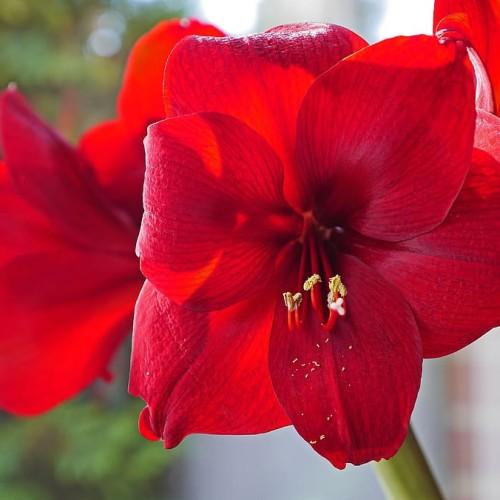
amaryllis
Hippeastrum (group)
Cycle:
Perennial
Watering:
Average
Hardiness Zone:
8 - 10
Flowers:
Flowers
Sun:
full sun,part sun/part shade
Leaf:
Yes
Growth Rate:
High
Maintenance:
Moderate
Tropical:
Yes
Indoors:
Yes
Care Level:
Medium
watering
Amaryllis plants need to be watered about once a week. In each watering, you should aim to moisten the soil to a depth of 3 to 4 inches (7.5 to 10cm). After watering, allow the soil to dry out slightly between waterings. In the summer months, you may need to water more frequently. Make sure to check soil moisture before watering, as overwatering can be problematic. Amaryllis plants benefit from regular misting, particularly in drier indoor areas during winter months.
sunlight
Amaryllis plants thrive with at least 6 hours of direct sunlight per day. Amaryllis should receive the most sunlight during mornings and early afternoons when the sun is strongest, and can even tolerate some afternoon sun. Too much heat during the afternoon will cause the delicate petals and leaves of amaryllis to be scorched. In colder climates, it is best to ensure the amaryllis receives enough sun each day to help keep it warm in the winter months. If planted in a shaded area, the amaryllis may not bloom properly and must depend on other light sources to produce flowers.
pruning
Amaryllis, also known as Hippeastrum (group), should be pruned twice a year, once in late winter just before the growing season and again in August or September after flowering has finished. This species does not require a lot of pruning and should not be heavily trimmed or cut back more than necessary. When trimming, only remove the dead, damaged or diseased foliage and flowers. For best results, use sharp, sterilized scissors and discard all cut material rather than composting.
